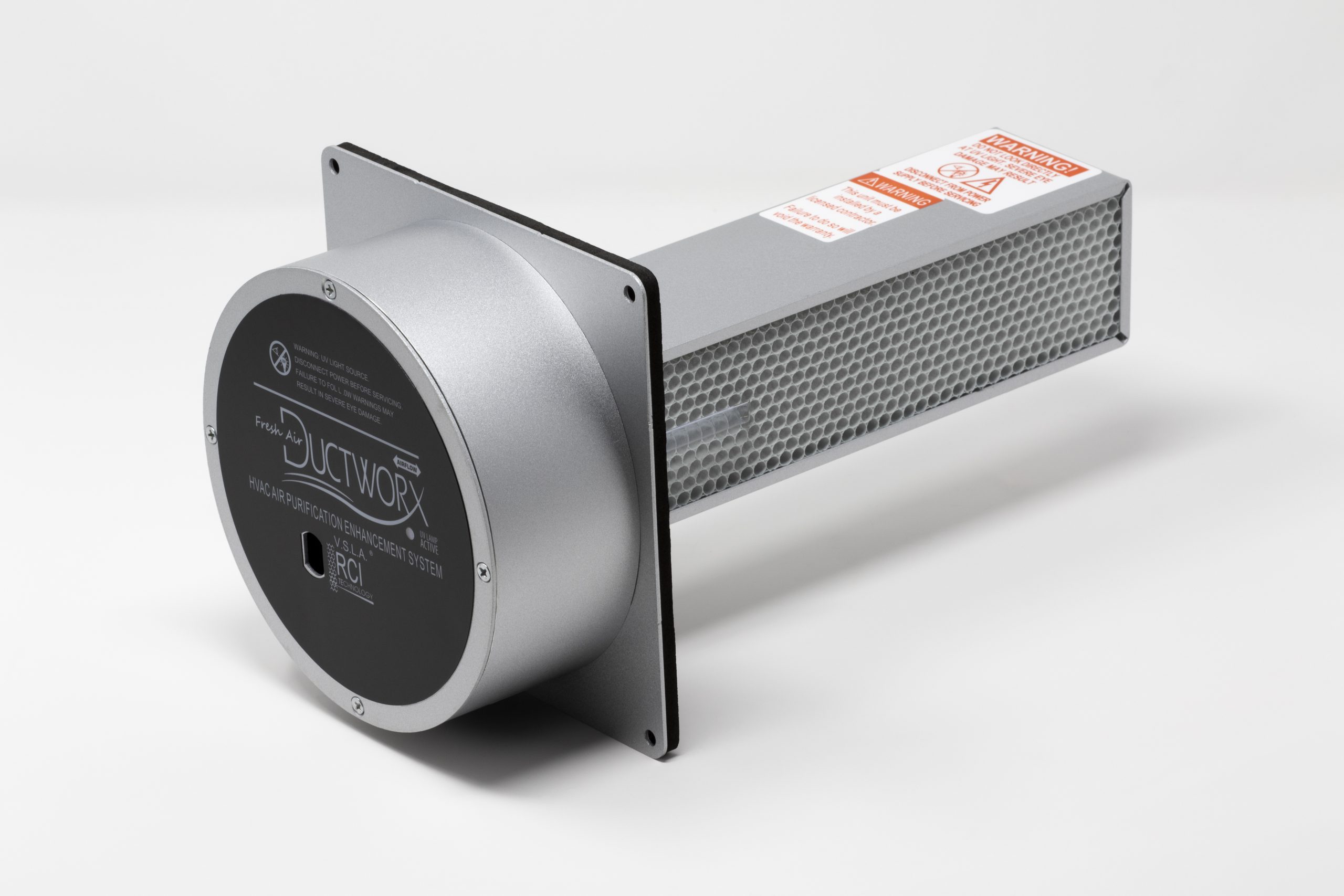Environmental wellness plays a critical role in maintaining overall health, particularly when it comes to the quality of the spaces where we live and work. Many factors contribute to environmental wellness, including air quality, water cleanliness, lighting, and even the organization of our surroundings. Each of these components affects both physical and mental well-being, highlighting the importance of optimizing our indoor environments.
Understanding Environmental Wellness
Environmental wellness involves creating and maintaining spaces that support our health. This concept encompasses everything from the air we breathe to the cleanliness of the surfaces around us. While outdoor environments certainly matter, indoor spaces are where most people spend the majority of their time, making indoor wellness particularly significant.
Indoor air quality, in particular, is one of the most important factors of environmental wellness. Given that most people spend the majority of their time indoors—whether at home, in the office, or other closed environments—the quality of the air they breathe is critical. Poor air quality can result from a variety of factors including pollutants, allergens, or simply an imbalance in humidity levels. This is where air purification technologies, such as those offered by Vollara products, come into play.
The Importance of Air Quality
The air quality within our homes is often worse than outdoor air due to several factors, including the accumulation of dust, pollen, pet dander, mold, and other allergens. Beyond these common irritants, volatile organic compounds (VOCs) emitted from household products like cleaning agents, paints, and furniture can also contribute to indoor pollution. Breathing in these harmful particles over time can lead to respiratory issues, headaches, and other health problems, particularly for individuals who suffer from asthma or allergies.
Indoor air quality is influenced by ventilation, the presence of natural light, and how effectively contaminants are removed from the air. In well-ventilated spaces with high levels of airflow, the chance of inhaling airborne toxins or bacteria is significantly reduced. However, many homes and offices are sealed tightly to preserve energy, making air circulation a challenge. Without proper filtration, airborne contaminants can persist, which is why it is crucial to focus on air purification strategies.
Air Purification and Filtration Methods
Air purification methods generally fall into a few categories: filtration, ionization, and UV-C light treatment. Filtration is one of the most common methods and involves passing air through physical filters that trap particles like dust, pollen, and pet dander. The efficiency of a filter is usually measured by its MERV (Minimum Efficiency Reporting Value) rating, which indicates its ability to capture airborne particles. Filters with higher MERV ratings are more effective but can also restrict airflow if they’re not appropriately matched with an HVAC system.
High-efficiency particulate air (HEPA) filters are widely considered the gold standard in air filtration. These filters are capable of capturing up to 99.97% of particles as small as 0.3 microns, including many allergens and microorganisms. However, not all air filtration systems use HEPA filters, as these can be costly and require regular maintenance.
Ionization is another method of air purification, which involves electrically charging air molecules so that they attract and neutralize particles, such as bacteria or viruses, that would otherwise remain airborne. This method is effective at reducing fine particulate matter and other airborne contaminants. However, it is essential to ensure that ionization technology does not produce harmful levels of ozone as a byproduct, as high ozone concentrations can be harmful to human health.
UV-C light treatment is used in some air purification systems to neutralize bacteria, viruses, and other pathogens. Ultraviolet light, particularly at the UV-C wavelength, has been shown to be effective in disinfecting surfaces and air by destroying the DNA or RNA of microorganisms, rendering them unable to reproduce and cause infection. While this method can be highly effective, it works best when combined with other purification methods to address a broader spectrum of pollutants.
Other Environmental Wellness Considerations
Air quality is not the only environmental factor that impacts wellness. Water quality is another critical area. Contaminants such as chlorine, lead, and pesticides can make their way into drinking water, posing risks to health over time. Water purification systems that filter out impurities while preserving essential minerals can improve the safety and taste of tap water. Filtration methods like activated carbon, reverse osmosis, and UV disinfection can effectively reduce these contaminants.
Aside from air and water quality, the cleanliness and organization of indoor spaces also contribute to environmental wellness. A cluttered or untidy space can increase stress levels and negatively impact mental health. Maintaining a clean and organized environment not only improves the aesthetic appeal of a space but also creates a more calming and conducive atmosphere for productivity and relaxation. Cleaning habits, including the use of eco-friendly, non-toxic products, can further contribute to both environmental and personal health.
Lighting is another aspect of environmental wellness that should not be overlooked. Exposure to natural light has been shown to regulate circadian rhythms, improve mood, and increase energy levels. However, in environments where natural light is limited, artificial lighting solutions that mimic natural light can help to improve well-being. This is especially important for people who work in offices or other settings with little access to sunlight.
Benefits of Optimizing Environmental Wellness
Improving environmental wellness offers a range of benefits, from enhanced respiratory health to improved mood and productivity. For those who suffer from allergies or respiratory conditions such as asthma, improving indoor air quality can help to alleviate symptoms. Cleaner air means fewer particles that trigger allergic reactions, which can significantly improve quality of life.
Enhanced air and water quality can also boost immune function, leading to fewer illnesses. Poor air and water quality are often linked to chronic exposure to toxins and pathogens, which can weaken the body’s natural defenses. By reducing the number of harmful substances in the air and water, individuals can strengthen their immune systems, leading to better overall health outcomes.
On a mental health level, optimizing environmental wellness can reduce stress and anxiety. People often underestimate how much their surroundings affect their psychological state. Clean, well-ventilated spaces with plenty of natural light can contribute to a sense of calm and well-being. In contrast, spaces that are dimly lit, cluttered, or filled with stale air can exacerbate feelings of stress or unease.
Productivity is another key area where environmental wellness plays a role. In workplaces, better air quality and improved lighting have been shown to increase concentration and reduce fatigue. Employees working in environments that prioritize air circulation, cleanliness, and light exposure are more likely to feel energized and focused, leading to higher levels of productivity.
Environmental wellness is a multifaceted concept that addresses the conditions of the spaces where people live, work, and play. Focusing on improving air quality, water quality, and overall cleanliness can significantly enhance both physical and mental health. While there are many methods for achieving these improvements, including air purification technologies like those found in Vollara products, the ultimate goal is to create a healthier, more balanced environment that supports well-being.
By taking steps to optimize the conditions of our indoor spaces, we can reduce exposure to pollutants, improve respiratory health, and create environments that foster calm and productivity. Environmental wellness should not be an afterthought, but rather an integral part of our approach to overall health.




